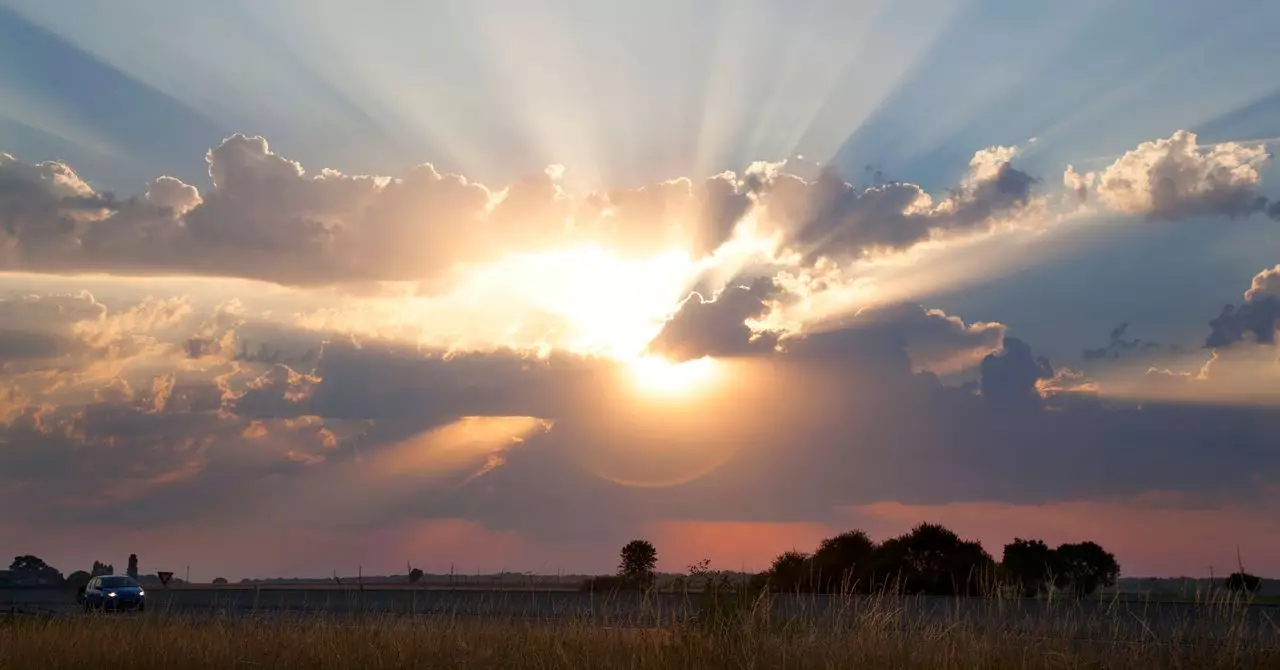As climate change becomes an increasingly pressing global issue, the concept of geoengineering emerges as both a potential solution and a source of deep controversy. Among the companies making strides in this domain is Stardust, which appears to be positioning itself as a pivotal player in solar geoengineering technologies. Through a business model that seemingly targets government clients, Stardust aims to harness this technology to combat global warming in the upcoming decades. However, the road ahead is fraught with ethical considerations, transparency issues, and governance challenges that could impact public trust and regulatory support.
Capitalizing on Climate Crisis
What intrigues many about Stardust’s model is its anticipation of government clients as primary customers. As nations grapple with the implications of global warming, organizations like Stardust present themselves as potential partners in solar geoengineering endeavors. CEO Yedvab highlights this perspective by stating that their array of technologies could be utilized following clear mandates from the US government and international bodies. However, this commercial angle raises critical questions about the motivations behind such technologies. Are they primarily profit-driven, or can they genuinely contribute to climate mitigation in a responsible way?
Investors find themselves in an uncertain terrain here. If governments choose not to engage in geoengineering, those who backed Stardust could face significant losses. This precarious situation creates an ethical dilemma: investors might push for quick returns on their investment, potentially compromising the long-term commitments needed for responsible technological deployment. In an ideal world, the focus should be on projects that prioritize ecological sustainability rather than financial gain.
Concerns Over Proprietary Technologies
The current trend towards proprietary geoengineering technologies also raises alarms among climate experts. The idea of a private entity like Stardust withholding critical climate solutions highlights an underlying tension between public good and capitalistic interests. In an ideal scenario, like that of Volvo’s three-point seatbelt, intellectual property would be shared more broadly to save lives, but the current trajectory appears far more self-interested. Pasztor proposes that Stardust could explore ethical pathways for their technology by either sharing their intellectual property with the world or allowing governments to claim it for public benefit. Such strategies could transform potential public distrust into active partnerships grounded in collective well-being.
Lack of transparency is another critical area of concern. Experts raise the alarm on Stardust’s approach to operational governance, claiming that a secretive approach could lead to greater conspiracy theories and public skepticism. The absence of public consultations during outdoor field tests might give the public a sense of being shut out of vital discussions that impact their lives. In this age of misinformation, the need for clear communication is more urgent than ever; transparency can either pave the way for public acceptance or sow seeds of distrust that are tough to eradicate.
Building Bridges of Trust
To navigate these stormy waters, Stardust would do well to foster an environment of trust and open dialogue with the public and its stakeholders. This sentiment is echoed by activists and experts who advocate for greater engagement in the development of geoengineering projects. The narrative that surrounds any geoengineering initiative should promote inclusivity; building this kind of rapport can be immensely beneficial in alleviating societal fears. Disclosure about operational intentions, collaborations, and funding needs to be upfront and forthcoming to eliminate the notion of a “secretive agenda.”
Those financing these projects should also contribute to this transparency by clarifying the boundaries of their funding and support. Benjamin Day of Friends of the Earth warns of conflicting interests when venture capital is intertwined with the scientific discussion around geoengineering. This duality could endanger the integrity of research if financial backers are incentivized to prioritize strategies that align with their economic interests rather than global ecological resilience.
A Cautious Path Forward
As governments and corporations prepare to embark on ambitious geoengineering projects, the dialogue must extend beyond mere technological capabilities. Ethical considerations, public engagement, and transparent practices should drive this discussion and lay the groundwork for a sustainable approach to climate action. Stardust has the potential to redefine its narrative; success will depend on its willingness to engage openly and act genuinely in the best interests of the planet. In a time where trust is more fragile than ever, the onus lies on both technology developers and policymakers to orchestrate a harmonious balance between innovation, ethics, and societal responsibility.

